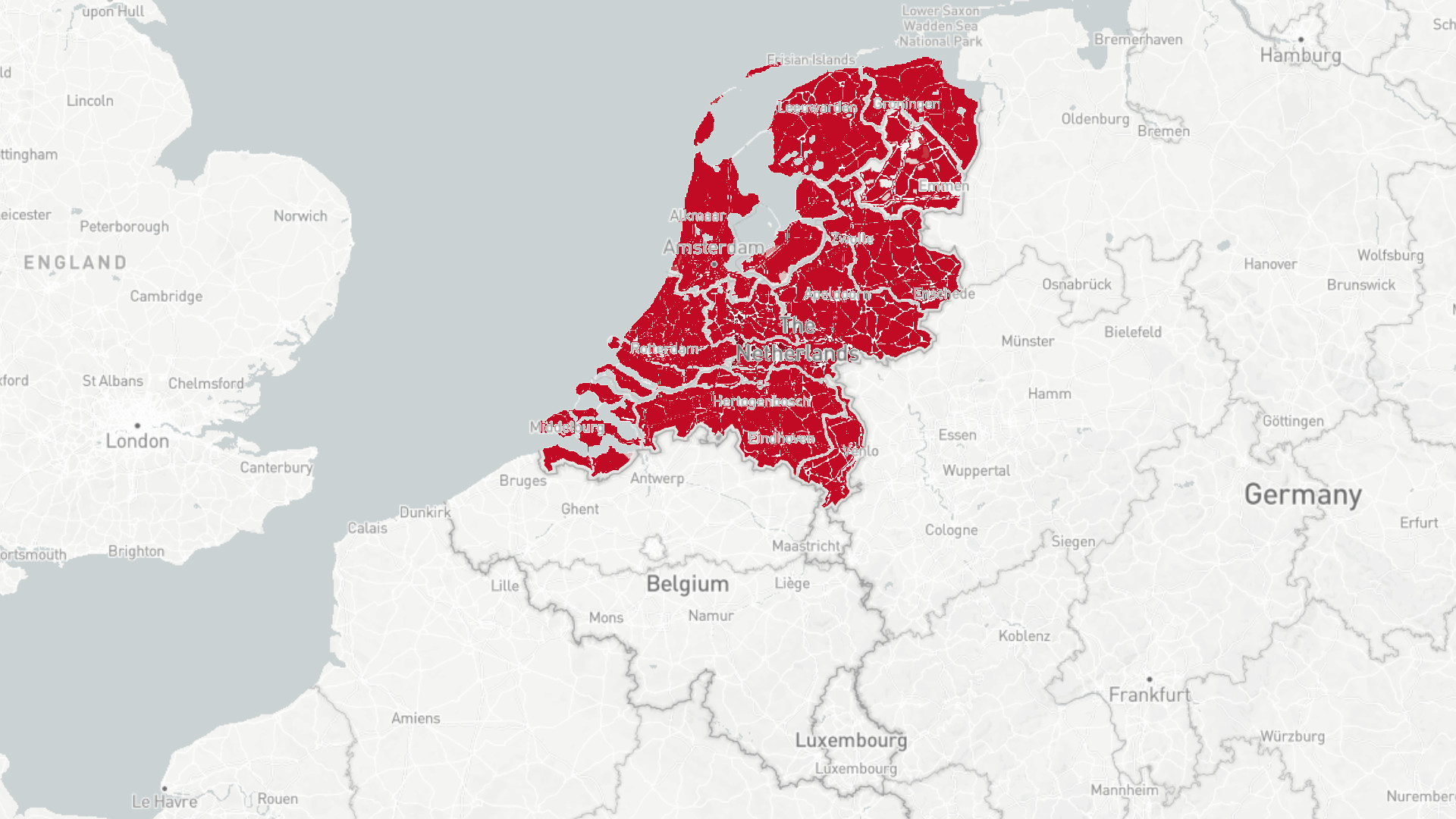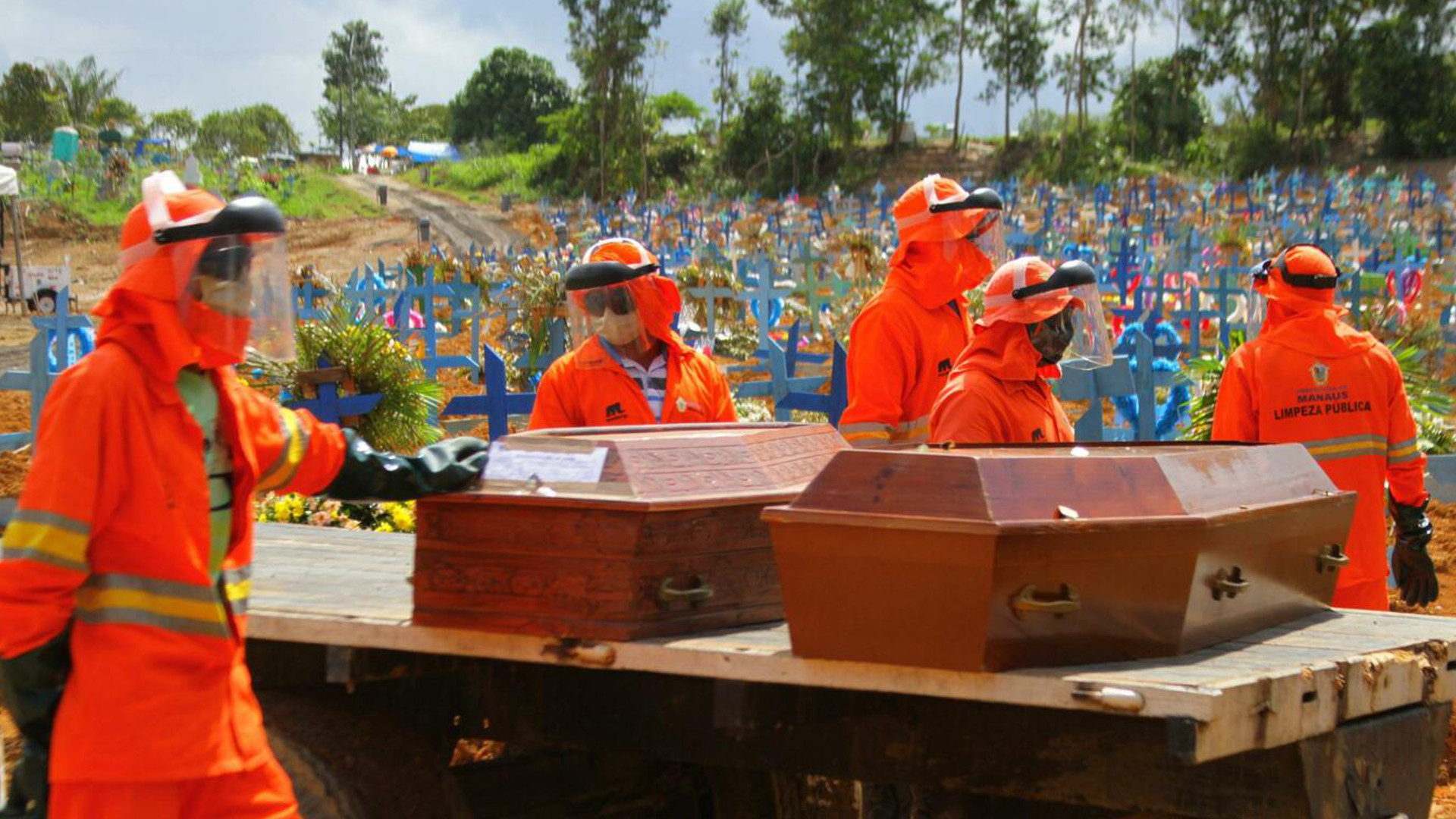Nuclear Power Plants and other resources
Germany & Czech Republic | 2020
written by

Fabian Jutzi
Electricity has been a crucial part of society since as far back as the industrial revolution. In the beginning, people burned coal to obtain energy. Over time, the production of energy has changed to nuclear power and renewable energy. These methods are both more sustainable, and more environmentally friendly than burning coal. The Czech Republic and Germany have both made use of nuclear power, each with their own views and perspectives by their governments and their people.While Germany is trying to get out of Nuclear Power, the Czech Republic is intensifying its use.
Starting with the history, the first nuclear power plant (NPP) in the former Czechoslovak Federation (CSFR) was called “Jaslovske Bohunice”. The project began in 1958, and the first reactor was commissioned in 1972. The Bohunice nuclear power plant was situated in today’s western Slovakia, about 60km south of the Czech Republic. The power plant was made up of four parts: Bohunice A1, and V1-V3. Due to a major accident in February 1977, Bohunice A1 was decommissioned. V1 was decommissioned in 2006/2008.
The NPP Kahl in Bavaria was the first German nuclear power plant. Construction began in 1958, and the plant began running in 1962. The NPP was in operation for more than 150.000 hours, over 23 years.
In 2000, Germany began the “nuclear phase-out”, which resulted in a shut-down of two big NPPs in 2003 and 2005. By 2008, the NPP Kahl was completely dismantled. In 2011, the German government had planned to extend the NPP’S operating license 10 to 15 years, but after the 2011 nuclear disaster in Fukushima, Germany accelerated the phase-out.
In the Czech Republic, there are two NPPs still operating today: The Temelín and the Dukovany. These plants provide about a third of the electricity produced in the Czech Republic. The Construction of Dukovany began in 1974. The four reactors were put into operation between 1985 and 1987. The construction of Temelín began in 1981. The reactors began operating in 2002. The Temelín plant is located only about 50 kilometers from the German and Austrian borders. Petr Lukac, a Czech economic and business journalist, reported that the Austrian people protested strongly against the power station by blocking roads, railways, and border crossings. These protests did not prevent the construction of the power station. On the contrary, there were plans to build a new nuclear reactor. Lukac reported, “There is not really a discussion among the top Czech politicians whether a new reactor should be built. Their issue is how to pay for it, and if some foreign companies, for instance from Russia or China, should be involved.” “The largest energy company in the Czech Republic, CEZ, rejected the project because the government no longer wanted to subsidize nuclear energy. To build and operate two new reactors would not have been profitable enough for CEZ.” Consequently, the project was canceled in 2013. In 2019, The Czech government presented plans to shut down Dukovany between 2035 and 2037, but now there is an ongoing debate about operating the NPP until 2045. Even a new reactor is on its way to be built, starting within the next few weeks.
In 2018, nuclear power provided 11.7% of electricity produced in Germany. Currently, in 2020, since the closing of Philipsburg 2 in December 2019, there are only six NPPs operating in Germany.
All German NPP’s will be shut down by December 31, 2022. By this date, Germany will have become a nuclear-free country, continuing its attempt to expand the use of renewable energy. This will be the end of a long anti-nuclear movement, which started back in the 1980s when the Green Party was founded. Strong protests began against the use of nuclear power, where activists blocked roads and railways, like the Austrians had in the Czech Republic. These protests lasted for many years. The gain of electricity from NPPs had been controversially discussed for decades before the phase-out was supported- even by the conservative party, which was pro nuclear power before the Fukushima incident.
Germany prefers the use of coal instead of nuclear power, which has both advantages and disadvantages. On the one hand, Germany would not have to allocate storage for the radioactive waste produced by the NPP-this still being one of the largest issues regarding nuclear power plants. On the other hand, burning coal produces large amounts of carbon dioxide, which has negative effects on the environment. With the continuous burning of coal, it would be difficult to achieve the ‘Paris Agreement’, which was established at the Climate Conference in Paris in 2015. Germany, along with 194 other countries, took part in the conference, committing themselves to maximizing the increase of global warming to 2°C by the end of the 21st century.
The Czech Republic, however, has geographic disadvantages as far as using nature to produce electricity. Compared to Germany, the Czech Republic has no access to the sea. 34% of the European offshore wind parks belong to Germany. Germany uses their wind parks (offshore and on land) to produce about a quarter of their required electricity. The Czech Republic needing alternatives, has decided to invest in NPPs, since the government decided against burning coal. Lukac stated, permission to run Temelin was extended until 2030.
Both the Czech Republic and Germany, each in their own way, are attempting to achieve their climate goals - with and without nuclear power. It should, however, be their aim to invest in renewable energy, by making coal-fired power stations and nuclear power plants nonessential. In doing this, electricity gained by renewable energy must be sufficient and affordable.

















